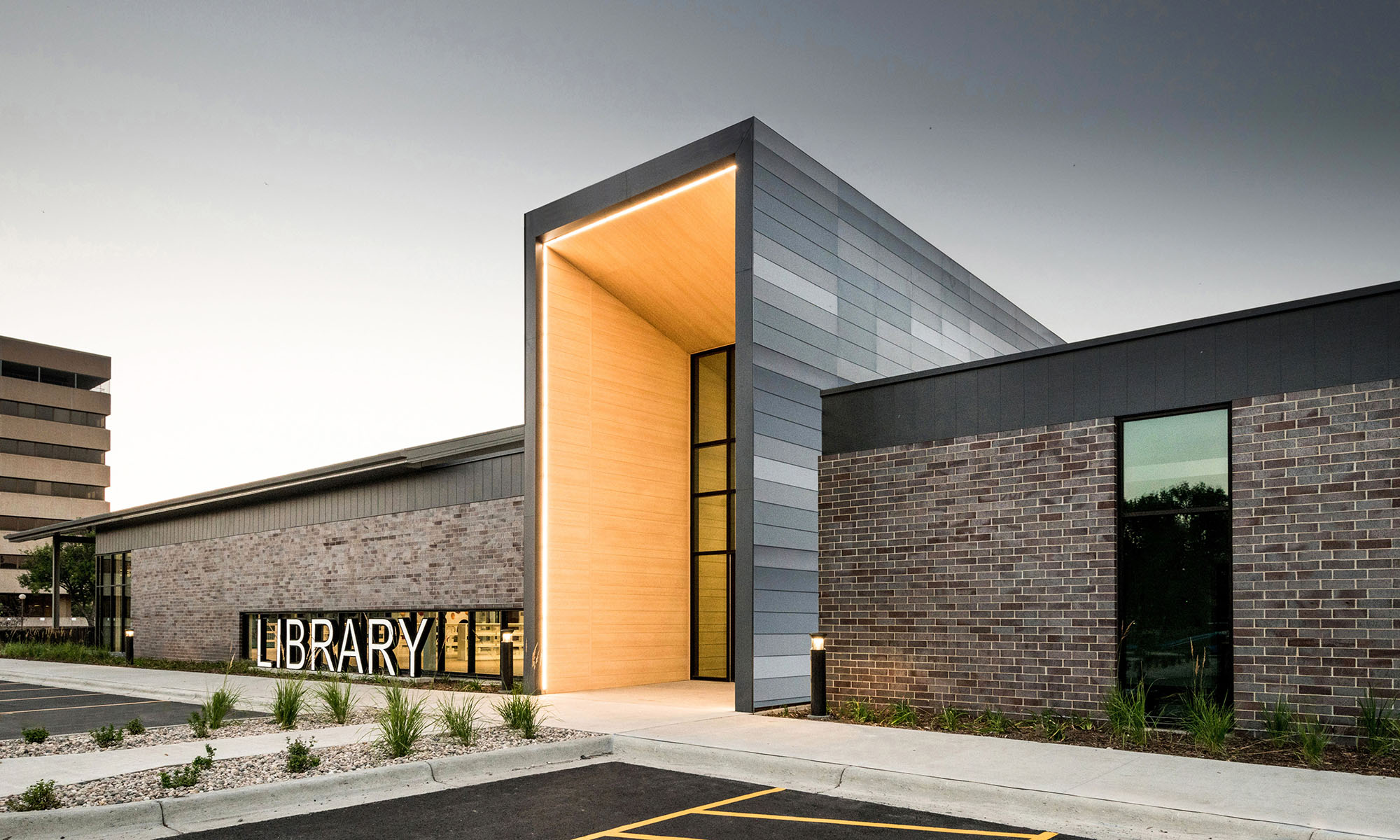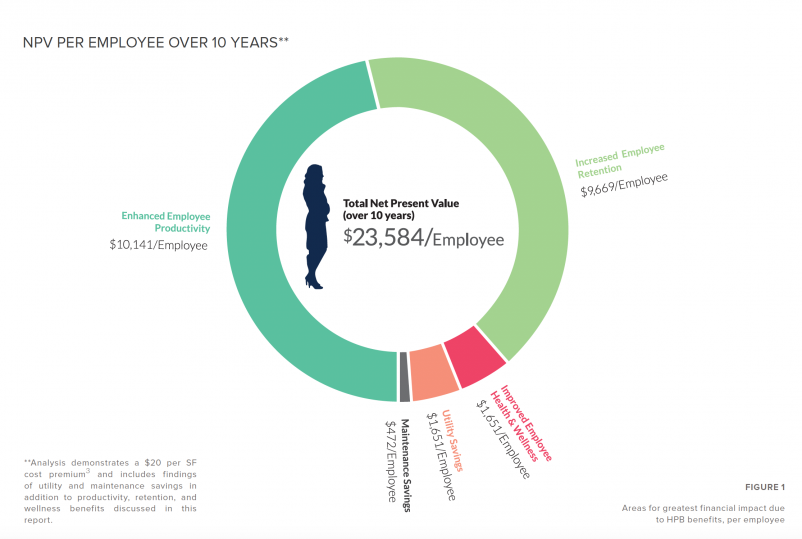One of the challenges I often face as an architect is trying to help clients and building owners bridge the gap between what is best in the long run and what is the most cost-effective solution up front. I’d like to say I’ve been doing this long enough to see the effects of both approaches, but without the aid of a flux-capacitor and a time traveling DeLorean, I can only speak to the expedited deterioration of those projects that chose the cheaper startup cost over those that chose a legacy approach to their building design. On a recent analysis of a South Dakota school district’s existing facilities, buildings that were constructed only 5 years ago and chose a common but, frankly, cheap cladding material were already needing maintenance and re-caulking. My own house, when my wife and I purchased it a few years ago, was suffering from deteriorating siding installed only a decade prior, due to a poor product and cheap installation (repeat after me: NO. EXPOSED. FASTENERS. EVER). The following year we contracted to replace it all with a fiber cement product and have it properly installed. This was admittedly an expensive undertaking (donations welcome), but we anticipate never needing to address the siding again, except to paint it for a color change if we so desire.
Especially in this region, we are a generally pragmatic folk – and that pragmatism lends itself to looking at the “here and now” of project costs as opposed to the life cycle of a building. Yet even if in our role as architects we can help a client make the theoretical jump to think about the life-cycle of a building, it usually is only to assert that building operation costs will be improved throughout the life of the building if more is invested up front – saving OPERATION costs in the long term. Rarely is the effect of improving the lives of the occupants brought into that discussion. Simply put, one building is not just like another – some perform better than others, and that performance can not only result in a longer lasting facility, but longer lasting and higher functioning people – the reason (usually) the building was constructed in the first place – which, in a commercial setting, can pay off in big dividends for a company’s bottom line. This of course means some rethinking and realignment in just how a company’s budgets, finances and assets are assessed.
Check out the article at the link below from Building Design + Construction for a recent look at how high-performance buildings make financial sense, not just in building operation costs. Particular gems include:
“…how much a company can benefit from working in a high-performance building now supersedes questions about how much that building costs either to construct or retrofit.”
“Most people work in buildings that were not designed to support their well-being. And multiple reports show that only between 1% and 4% of a building’s total cost goes toward its initial design and construction.”
“Occupying a high-performance building can fatten a company’s long-term bottom line” – BDCNetwork
PS – stay tuned this month for more on how high-performance pays off in a residential setting!

Chase Kramer, AIA, is the Director of Design for TSP Inc. in Sioux Falls. He received his M.Arch from ISU where he focused on urban design and sustainability. Before that, he received a degree in Art from Augustana University. He lives in Sioux Falls with his wife and four children. Beyond Architecture, he is an AI early adopter, musician, art lover, and fan of cheese and beer.


